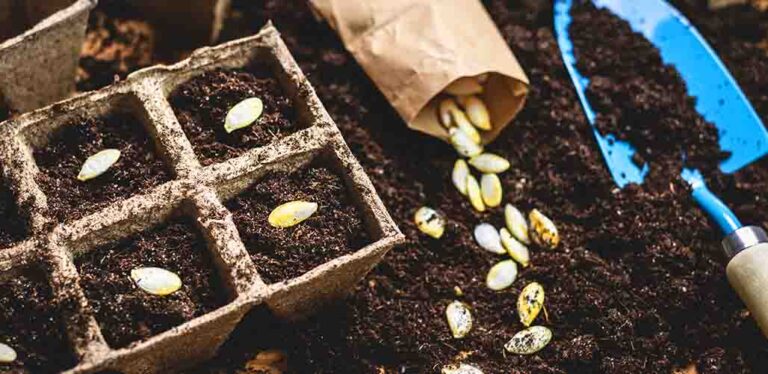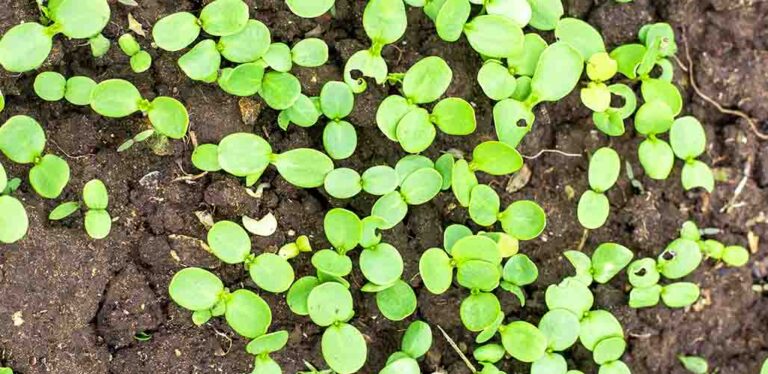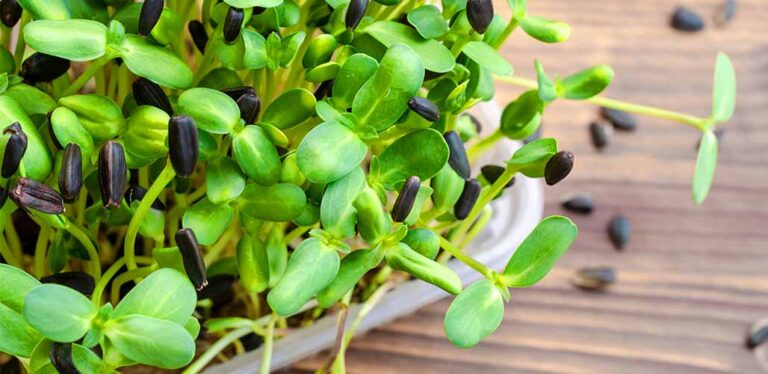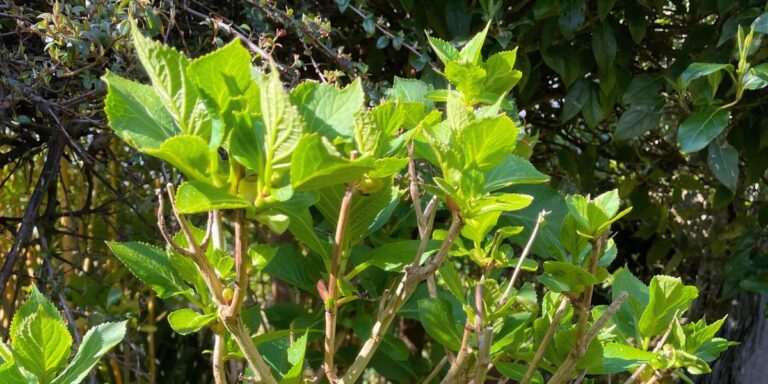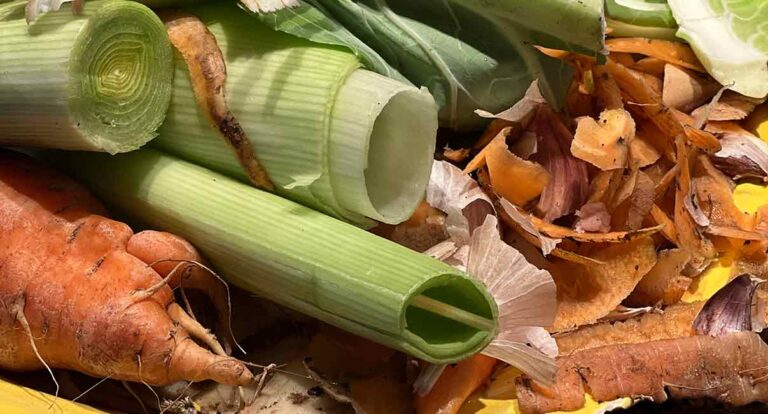How To Get Started With Cucumbers
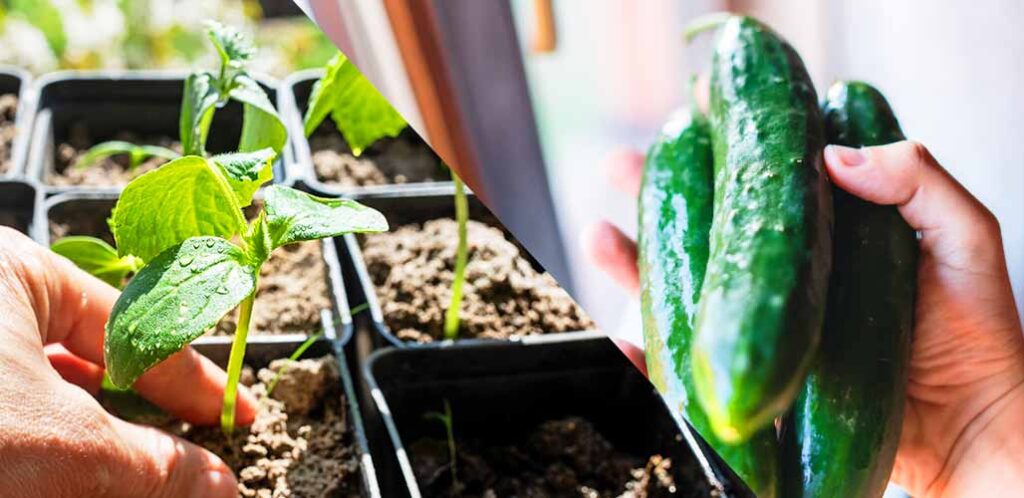
Home grown cucumbers taste completely different to those you buy in the grocery store, and they’re one of my favorite crops to grow. They’re a pretty easy crop to grow, and 100% worth the effort. You can start your own from seed indoors, or buy young plants ready to go straight outside. Provided you keep them warm enough, well watered and fed, they’ll produce fruit after crunchy delicious, fruit all through the summer. So here’s how to get started with cucumbers, because obviously, I strongly believe you should!
Contents
- Cucumber basics
- Popular cucumber varieties to grow yourself
- Growing conditions for happy cucumbers
- Getting started with cucumbers – sowing and growing
- Caring for cucumber plants
- Cucumber pests and diseases
- Troubleshooting common growing problems
- Harvesting and storing your crop
Cucumber basics
Cucumbers are a staple of salads, pickles, smoothies, sandwiches, dips and cocktails. They’re also a good source of vitamin A, vitamin C, folic acid and magnesium. But they are mostly water – 95% in fact! So picnic-sized varieties are a great low calorie refreshing snack too. Intriguingly though, there are stark differences in how appetizing cucumbers are to different people. They contain cucurbitacins – bitter compounds that some of us are much more sensitive to than others. Modern varieties have increasingly been bred for as few of these cucurbitacins as possible, but approximately one quarter of people – known as super tasters – still find them unbearably bitter, rather than sweet and mild.
Despite this, cucumbers are popular all over the world, and thanks to that, there are hundreds of varieties to choose from. Each variety has been developed for specific combinations of traits which make them appealing to growers in specific places, or who face particular growing pressures. For example, you can choose between:
- Greenhouse varieties, or types resilient enough to grow outdoors.
- Long or short varieties (and everything in between). Long cucumbers are also known as slicers. Medium sized varieties are known as picnic or lunchbox cucumbers, because they’re just right for eating whole. And the smallest cucumbers are known as picklers, because, well, they’re perfect for pickling.
- Traditional green varieties, or yellow, white, silver or even brown speciality types.
- Heirloom varieties which have been grown for generations, or modern hybrids with enhanced qualities, such as disease resistance.
- Vining varieties that grow tall and need support from canes, trellis, or netting, and bushy varieties which are short and don’t usually need supporting, but usually occupy more ground space.
- Hot or cold climate tolerant varieties.
Popular cucumber varieties to grow yourself
Part of the fun when you’re getting started with cucumbers is experimenting with different types each year, to discover which ones grow well for you, and have the best taste according to your palate. If you’re wondering where to start, you can’t go wrong with one of these:
- Marketmore. A very traditional variety for home growers – if you have childhood memories of home grown cucumbers, I’d bet you $5 it was a Marketmore. It’s a resilient vining variety, which reliably produces masses of dark green fruits about 10” long. Starting to go out of fashion a bit now, in favor of sweeter varieties with thinner skin.
- Spacemaster Bush. Does what it says in the name. This variety produces 8” long green cukes on a compact bushy plant suitable for growing in containers.
- Sir Crunch A Lot. Fantastically named, with a cult following. This vining variety produces smooth 10” fruits which have a smaller than average seed cavity and are exceptionally sweet. Definitely one to try if cucumbers usually taste bitter to you.
- La Diva. La Diva is a delicious picnic cuke which grows on vines and produces green fruit 5” long. It’s also parthenocarpic, which means it produces fruit without pollination – handy if you don’t get many pollinating insects in your yard.
- Suyo Long. A Chinese vining variety which, according to connoisseurs and foodies, has the best taste a cucumber can offer. The name isn’t wrong either – each fruit reaches up to 18” long!
- Dragon’s Egg. An heirloom variety from Croatia which looks like a white egg about 4” long. It has a mild and sweet flavor, so it’s a fun choice for growing with children.
- National Pickling. The best known and most widely grown pickling cucumber. It’s a bushy variety, which produces about a dozen 5” fruits per plant. They can also be eaten unpickled, so this is a good all rounder for container growing.
- Striped Armenian. Also known as Painted Serpent. This is a truly unusual cucumber, with long curved fruits that have vertical dark and light green stripes. Delicious as well.
What about burpless varieties?
One more curious description you’ll notice on some cucumber seed packets is ‘burpless’. This is because cucurbitacins don’t just taste bitter, they can also be rather difficult to digest. Which means some people struggle with trapped gas, burping and wind after eating them. Burpless varieties are so-called because in growing trials, people reported fewer of these symptoms after eating them. These days, most widely sold cucumber seeds belong to burpless varieties, because weirdly enough most people don’t want to grow food which gives them belly ache. But it’s worth double checking heirloom varieties.
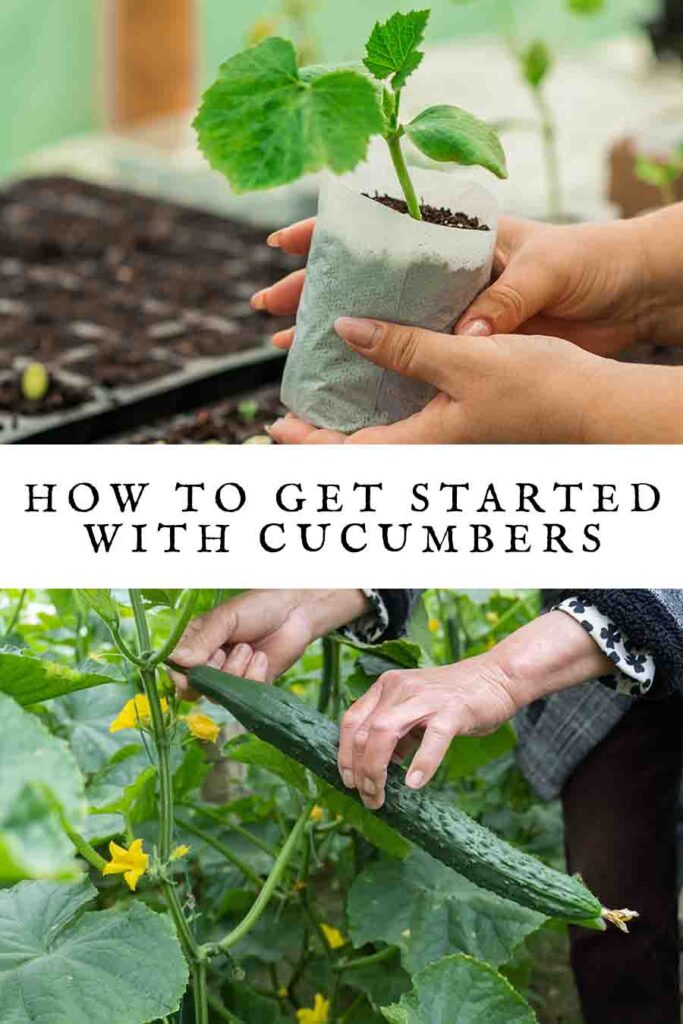
Growing conditions for happy cucumbers
Cucumber vines were originally native to tropical regions. They like long, sunny days, and daytime temperatures between 75 and 85°F. However, since a lot of us grow cukes either in outdoor conditions which are cooler than that, or in greenhouses alongside tomatoes (which stop producing fruit over 80°F), most modern cucumbers varieties have been developed for their tolerance of slightly cooler conditions. If you live in a particular cool region, then sowing a cold tolerant variety like Marketmore or Socrates is a good idea. At the other end of the spectrum, most varieties will keep cropping in warm temperatures all the way up to 100°F. But if you live in a region which gets even hotter, they may stop setting fruit. Choose heat tolerant varieties like Thunder and Katrina to avoid this.
Once established, cucumbers grow quickly, so they need ready access to water and nutrients from the soil. If you have sufficiently rich, moisture retentive soil, you can plant them straight into the ground. But if your soil is poor or sandy, you can grown them in pots of compost instead. If you’ve chosen a vining variety they’ll also need something to grow up, like a trellis. A popular strategy is to grow them up an A-frame, because the weight of the fruit will make them hang away from the foliage, making them easier to spot! But if you haven’t got space for plant supports, you can just grow a bushy variety instead.
Getting started with cucumbers – sowing and growing
Once a cucumber vine starts producing fruits, it will keep producing them until the temperatures drop in fall. This is in contrast to something like bush beans, or sweetcorn, which will only produce one flush of beans or cobs and then die back. To make the most of cukes’ long cropping potential, most gardeners start them off indoors, a week or two before the last frost date for their region (you can find out yours here).
Sow seeds on their side, about half an inch deep, in 3” pots of seed compost or multipurpose compost. Pop the pots in a propagator or cover them with an upturned ziplock bag, to stop them drying out, and keep them somewhere at least 70°F, like a sunny window sill. The seedlings should appear in a week or two, and they’ll be ready to plant out in their permanent home when the temperature at night stays reliably above 60°F. You’ll need to resist the urge to plant them straight outside though, and harden them off first.
Hardening off
Hardening off means putting your seedlings outside during the day, and bringing them indoors again at night, for about a week before planting them in their permanent outdoor position. This is an important process to help them adapt to outdoor conditions – big fluctuations in temperature, more direct sunlight, wind, etc. You’ll notice by the end of the week that your seedlings’ leaves are darker green, and they feel thicker and more robust. This means they’re ready to plant out.
We’ve got a more detailed guide to the hardening off process here, but if it’s already putting you off getting started then for a more straight forward growing experience, you can buy plug plants from a nursery instead. They usually go on sale in late spring, and are ready to go straight into the greenhouse.
Caring for cucumber plants
Cucumbers need plenty of moisture and wilt quickly when they are are stressed. For this reason, gardeners who grow cucumbers year after year usually end up adopting some kind of watering system, such as a drip irrigation kit, an olla buried next to their roots, or a self-watering container with a reservoir in the base. If you do use a watering can, avoid getting the leaves of your vines wet when you water them, as this increases the risk of fungal infections. You also need to avoid a puddle of water sitting at base of vine, which can cause the stem to rot. Planting outdoor vines on top of a slight ridge helps with this.
You can choose from multiple approaches to feeding cukes. You could:
- Mulch the soil with a thick layer of compost before planting, so the goodness in the mulch gradually gets washed down to the roots.
- Grow your vines in containers with nothing but compost.
- Or feed them weekly with a homemade or store bought fertilizer.
Lots of people use a combination of methods. For example I plant my cucumbers directly into bags of compost from a nursery, but I find they exhaust the nutrients from it before the growing season is over, so I fertilize them weekly as well once they’ve started to set fruit as well.
Cucumber pests and diseases
Alas, no crops are immune to pests and diseases. Here are some to look out for in cucumbers, and some simple steps to prevent them infecting your vines:
- Cucumber mosaic virus
- Spider mites
- Cucumber beetles
- Powdery mildew
Cucumber mosaic virus
Cucumber mosaic virus can actually infect a wide range of plants – it just happened to be observed in cucumbers first. It is carried from plant to plant by aphids, on tools, and even on our skin (for example as you go from vine to vine pinching out side shoots). Symptoms of infection include
- Mottled yellow leaves
- White stripes on the flowers
- Vines that are shorter than expected
- Small and deformed leaves and fruits
Protect your vines by checking for aphids regularly. Wash away any you find with a jet of soapy water from a sports bottle. Unfortunately, infected vines can’t be cured, and the best thing to do is cut them down and get rid of them before the virus can be transmitted to other plants in your garden.
Spider mites
Spider mites are tiny critters which suck the sap from cucumber vines’ leaves and stems. They particularly love the hot, dry conditions inside greenhouses, so discourage them by emptying a watering can onto the floor once or twice a day, to increase humidity. Despite being barely big enough to see, large colonies of them can severely weaken your vines and put a premature stop to your harvest. Look out for leaves turning pale and crispy, and the mites’ tell-tale cobwebs. Treat infestations with a biological control like predatory mites (buy them online), or pesticides.
Cucumber beetles
Cucumber beetles are about a quarter of an inch long, with a yellow carapace that has either black stripes, or black spots. The adults eat the leaves and flowers of cucurbits, whilst their larvae munch on the roots and stems. They can also transmit bacterial wilt from plant to plant. They’re more of a problem for young plants early in the season – if you spot them, treat the vine with a low-impact pesticide which is suitable for edible plants, such as neem oil.
Powdery mildew
Powdery mildew is a fungal infection. It covers the leaves and stems of plants in a gray-white coating, which blocks photosynthesis, slows down growth, and ultimately reduces the quantity and quality of cucumbers you get. It likes humid conditions, so keep it at bay by watering your vines from below using an irrigation system, olla or self-watering containers, and once your vines are two feet tall, remove all the leaves from the bottom half to stop them trapping humidity just above the soil. Identifying what makes some cukes more resistant to powdery mildew than others is an important theme in developing new varieties, so look out for seeds that are specifically described as being mildew resistant.
Finally, look here for more information on which cucumber varieties have shown resistance to which pests and diseases.
Troubleshooting common growing problems
In my experience, cucumbers are one of the easiest greenhouse crops to grow (owing to the climate where I live, I’ve never tried growing them outdoors). But, that doesn’t mean things don’t occasionally go awry.
A common problem for first time growers is bitter fruits. Cucumbers can end up bitter as a result of stress – specifically not getting enough water. Some varieties can also produce bitter fruit if the female flowers are pollinated by the male flowers. As a rule of thumb, most greenhouse varieties turn bitter if pollinated, so male flowers should be removed whenever they appear. BUT, most outdoor varieties rely on pollination to produce fruit at all, so male flowers shouldn’t be removed from these. Check the growing instructions for the variety you’re growing, and don’t forget to water them regularly. The good news is, future fruits can still be saved.
Another frequent issue is sunburned leaves. Cucumber vines love full sunshine and warm temperatures, but they can still suffer light stress – especially in greenhouses. Sunburned cucumber leaves can’t usually be recovered, but the rest of the plant can be saved if you put some shade netting up. Another leaf problem is yellow leaves. These can be the result of environmental stress (not enough sunlight, or low nutrient soil), pests, or disease. This article will help you diagnose the cause of yellow cucumber leaves, and put them back to green.
Harvesting and storing your crop
If you’re growing a greenhouse variety which doesn’t need pollinating, you’ll need to remove any males flowers that appear, to prevent them turning the fruits behind the female flowers bitter. Don’t drop them on the compost heap though. Cucumber flowers are edible and have a delicate cucumber flavor. Use them as an attractive garnish on salads, and an unusual decoration in drinks.
As a rule, the cukes themselves are ready to harvest as soon as the they are the same diameter all the way along their length (they start off narrower at the tip). The longer you leave them on the vine after this point, the more likely they are to accumulate cucurbitacins and turn bitter. Picking fruit regularly also encourages the vine to produce more flowers.
Harvested cucumbers will lose water through evaporation quickly, so store them in the fridge in a sandwich bag or wrapped in waxed cloth. Wrapped cucumber last up to three times longer than loose cucumbers, and lose less than half as much water over 14 days. To store a glut of fruits, you can pickle them, or blend and freeze them for adding to smoothies later. But the flavor and vitamin content of frozen cucumber will diminish pretty rapidly, so try to use it up within 3 months.
How to get started with cucumbers – summary
Homegrown cucumber season is something I look forward to every year. Going back to store-bought cucumbers at the end of summer always feels like an insult to my taste buds! I hope that once you have tried growing them yourself, you’ll feel the same way. Cucumber vines are quick growing and vigorous, so they are usually easy to grow wherever the weather is warm enough and they get plenty of food and water. Just remember to read the seed packet closely, and take note of whether to remove those male flowers or not! Let us know which variety you’re going to try in the comments box down below.

